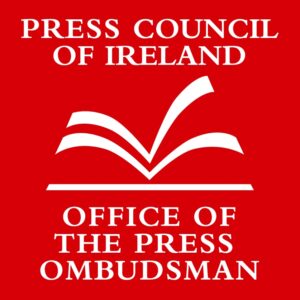TIPPERARY County Council, in partnership with Limerick City and County Council, Transport Infrastructure Ireland (TII), the Department of Transport, the Mid West National Road Design Office, and Arup, has concluded Public Consultation No. 2 on the Alternatives and Options for the N24 Cahir to Limerick Junction Project.
The project aims to improve safety, journey reliability and the strategic function of this section of the N24 corridor.
The section of the existing N24 under consideration for the project extends from west of Oola in County Limerick to the M8 motorway, north of Cahir in Co. Tipperary and traverses Oola, Monard, Limerick Junction, Tipperary Town and
Bansha.
A number of issues surrounding the existing N24 were identified in the first phase of the project. The existing road has restricted capacity due to its limited width, partially sub‐standard alignment and its passage through four villages and Tipperary Town. This contributes to limited overtaking opportunities and unstable traffic flow regimes along the existing route.
The route currently experiences bottlenecks and significant traffic delays through Tipperary Town. It is considered that the road is economically inefficient and detracts from the development and growth of the region.
Both urban and rural sections of the N24 also consistently have collision rates above the national average. In the last five years, there have been 17 fatalities and 23 serious injuries on the N24 between Limerick and Waterford, with six of the fatalities and seven of the serious injuries on this section of the N24. Average journey speeds on this section of
the road are a maximum of 63km/h, significantly less than the National Planning Framework target of 90km/h for inter-urban roads.
The purpose of the second non-statutory public consultation was to inform the public and stakeholders of the alternatives and options identified as potential solutions to the significant issues that residents, businesses, motorists, pedestrians, and cyclists on the corridor experience on a day to day basis, the work undertaken to date and the programme for the advancement of the project.
The alternatives identified include active travel, improved public transport and demand management measures and the options include Option Corridors within which new road infrastructure could be built.











